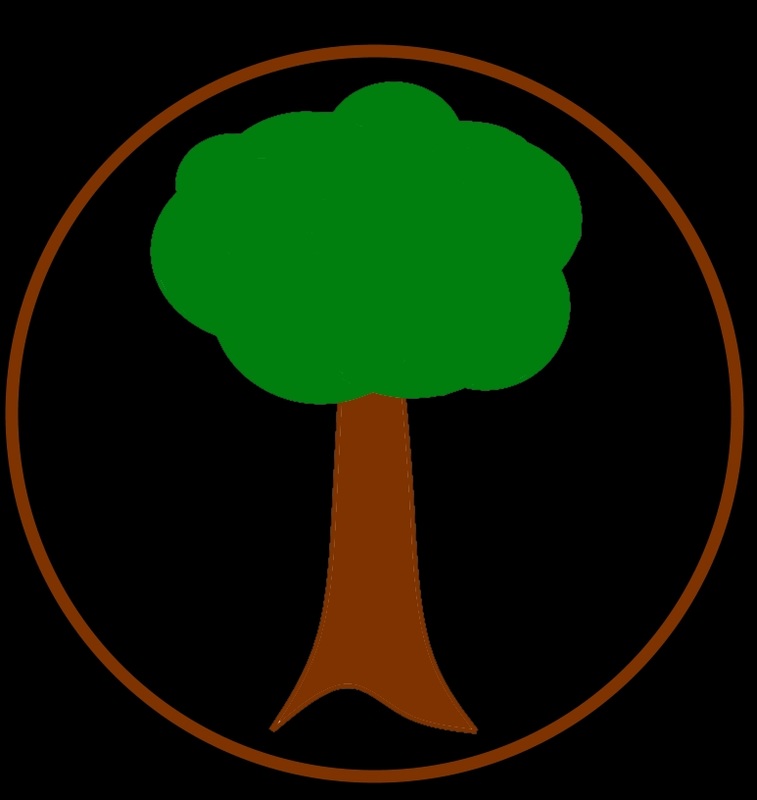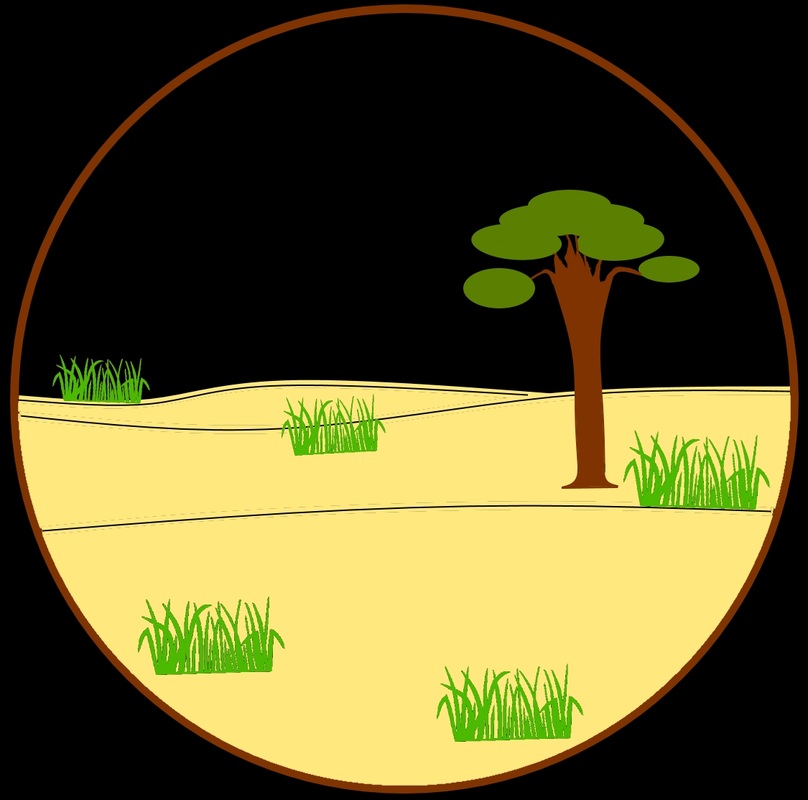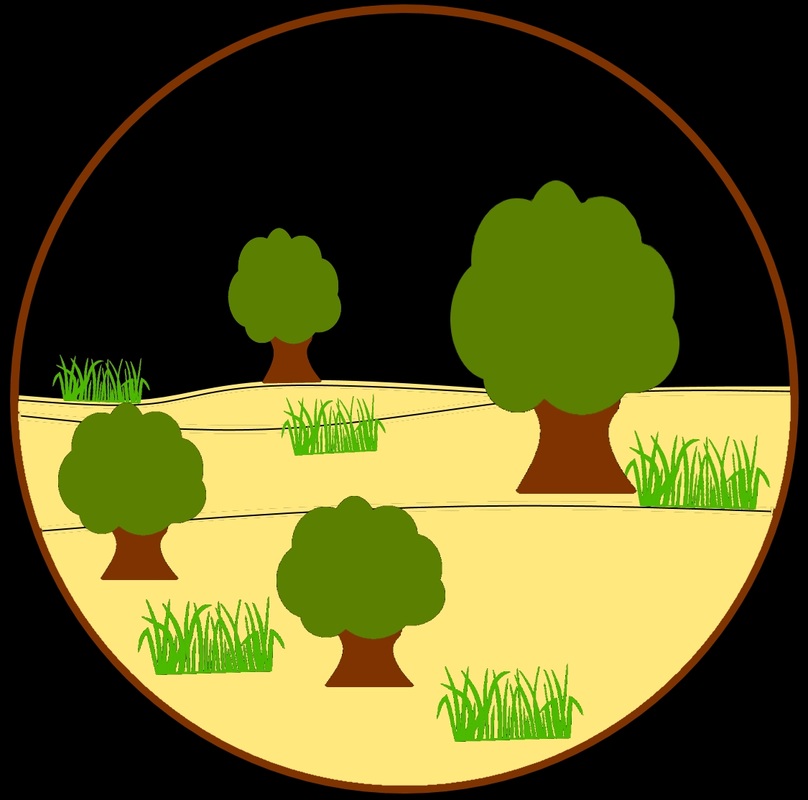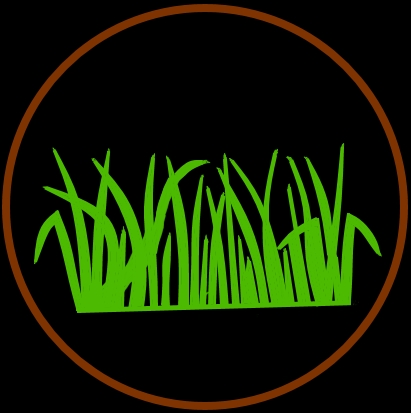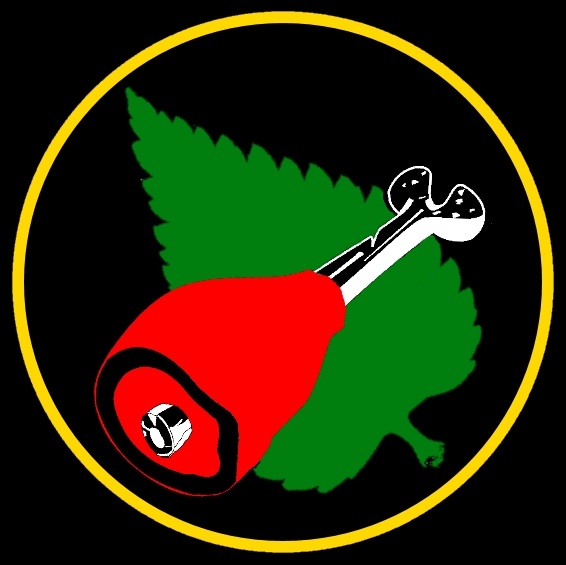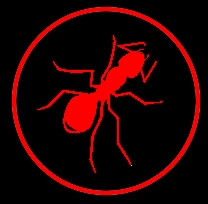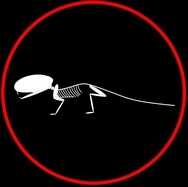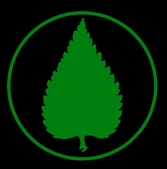Aardvark
Orycteropus afer
Where is it found?
Woodland, savannah, scrubland and grassland.
Diet and foraging method
Key adaptations
Aardvarks have very thick skin for protection against insect bites as well as bites from predators. They are well adapted for digging, and can make burrows at an extremely fast rate. These burrows are used to hide from predators. Their long tubular ears and snout give them acute sense of hearing and a good sense of smell for finding prey.
Social organisation and mating system
Solitary
Polygynous
Did you know that...?
Aardvarks can eat 50,000 termites in one sitting.
Taxonomy
Picture credits:
Maps from: http://species.mol.org/species/
"Porcs formiguers (Orycteropus afer)" by MontageMan - [1]. Licensed under CC BY 2.0 via Wikimedia Commons - https://commons.wikimedia.org/wiki/File:Porcs_formiguers_(Orycteropus_afer).jpg#/media/File:Porcs_formiguers_(Orycteropus_afer).jpg
"Erdferkel-drawing". Licensed under Public Domain via Wikimedia Commons - https://commons.wikimedia.org/wiki/File:Erdferkel-drawing.jpg#/media/File:Erdferkel-drawing.jpg
"Porcs formiguers (Orycteropus afer)" by MontageMan - [1]. Licensed under CC BY 2.0 via Wikimedia Commons - https://commons.wikimedia.org/wiki/File:Porcs_formiguers_(Orycteropus_afer).jpg#/media/File:Porcs_formiguers_(Orycteropus_afer).jpg
"Erdferkel-drawing". Licensed under Public Domain via Wikimedia Commons - https://commons.wikimedia.org/wiki/File:Erdferkel-drawing.jpg#/media/File:Erdferkel-drawing.jpg

